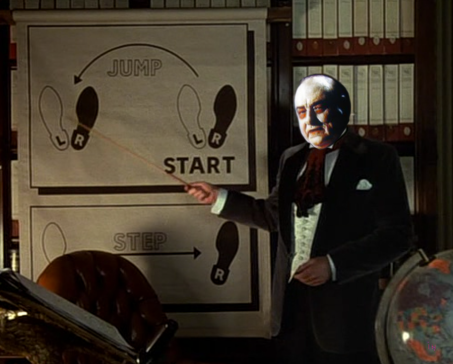Tagged: Internet Party
IT’S JUST A JUMP TO THE LEFT: THOUGHTS ON THE INTERNET MANA PARTY
“So come up to the lab and see what’s on the slab. I see you shiver with antici… pation.”
–Dr Frank N Furter, Rocky Horror Picture Show
Paddy’s Rort Retort
Patrick Gower accusation of “rort” at the Internet Mana Party alliance use of a Maori electorate to jump the 5% hurdle by a non-Maori party misses the point. A political alliance happened because of the unfairness of the 5% threshold, especially for new parties. Lowering the 5% or one electorate seat threshold was recommended by the MMP Review and rejected by the National Government, so parties operate accordingly within these flawed rules for advantage.
Yes, “The Maori seats are special. They have a unique constitutional role which is to give the Tangata Whenua a place of their own in the New Zealand Parliament”– but not so sacred as to be exempted from normal rules. IMP as a Pakeha-Maori alliance is not exceptionally different to the Labour-Ratana alliance of the 1930’s, NZ First in 1996, or the Mana Party as an alliance of Indigenous and left wing activists.
It’s Just a Jump to the Left
IMP’s potential success depends on public demand for a party to the left of Labour – something lacking since the defeat of the Laila Harre-led Alliance in 2002. Alliance members found new homes in Labour, the Greens, and Mana.
For years, space to the left of Labour was mainly occupied by the Greens, which once had a powerful working class focus most symbolically represented by Sue Bradford. The election of Russel Norman and Metiria Turei to the co-leadership has de-emphasised a socialist approach to poverty and focused more on broader green economics. With Labour, many former Alliance supporters would have compromised their values and experienced disenchanted with the Shearer/ Cunliffe/ Robertson as saviour/ villain sideshow. IMP’s election result will hinge on the ability to convince disenchanted Labour/ Greens activists and voters like myself who yearn for a more leftist choice but are unsure about the party.
A successful IMP is no threat to Labour or the Greens, instead a simple realignment of the left in an MMP world. If rumoured Greens fury at Harre’s defection is true, it would be a tribal claim to left voters like Labour MP Clare Curran’s similar attitude towards the Greens in 2011, which ignores the plural reality of MMP. In proportional electoral systems, especially in Europe, exists enough space for a social democratic party, a Green party, and a democratic socialist (in NZ allied with Indigenous left). National’s share of the party vote is aided insofar as the right wing realignment hasn’t happened yet and probably needs the death of ACT, NZ First, and the Conservatives to happen.
The reemergence of key Alliance figures Matt McCarten, Laila Harre, Pam Corkery, and potentially Willie Jackson across left parties is telling in terms of re-emphasis on the importance of grassroots mobilisation. Rather than a retro revivalcomeback tour, these figures possess institutional knowledge and campaign management skills crucial to the revival of the left overall and their parties must know this.
If IMP is successful, it won’t diminish the left vote but realign it and potentially turn out new voters.
One More Thing….
I raised concerns on an earlier post on this blogthat (1) IMP would be a contradictory coalition of ideologies akin to the Alliance and (2) the party would be dependent on personality rather than grassroots energy.
Harre’s appointment has complicated the first point, and though is more ideologically in-tune with Mana, she’s not known as a proponent of internet civil liberties. For IMP to truly develop legitimacy, the Internet Party would need prominent candidates well-versed in internet privacy, civil liberties, and youth engagement. If Harre focuses more on traditional left issues, the party will split. This proved difficult in the divided Alliance, so this would be a complex balancing act. To achieve this, Harre would need to combine left beliefs she’s known for with innovative new policies such as e-democracy through citizen participation in legislation and policy development to stake out a political space. This would mobilise a left wing base and could attract new voters.
On the second point, the development of a strong grassroots financially independent of Kim Dotcom’s finances would ensure long-term sustainability. Harre reduces concern over the power of Kim Dotcom, but the right will still raise the spectre of control held by a millionaire fighting extradition. IMP’s financial dependence on Dotcom in the long-term would reinforce a perception of the Internet Party akin to the Conservatives: a rich man’s plaything without roots. The Internet Party could justify initial investment only to build a grassroots membership and donor base and would have to do so within a parliamentary term – a big ask but crucial for long-term survival. The dominance of Jim Anderton’s leadership over grassroots activism killed the Alliance. Harre’s ability to learn from history will prove crucial to success or failure.
